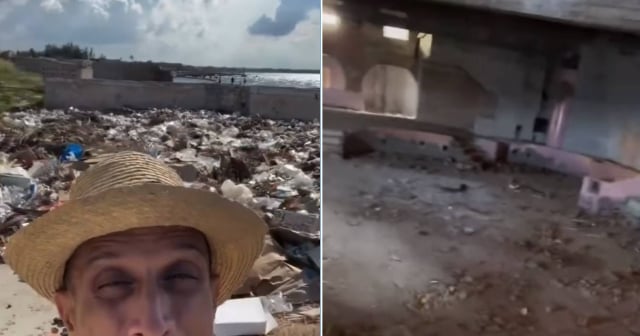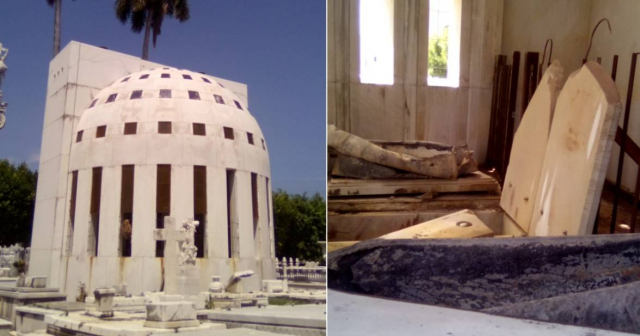In the coastal neighborhood of Jaimanitas, the Marcelo Salado Workers' Social Club was one of many clubs that, in the late 1950s, symbolized the vibrant social life of Havana.
Its construction began in 1958 but was inaugurated after the Revolution. This club was part of a network of exclusive spaces, such as the famous nautical clubs of the Cuban capital, designed for the leisure of an emerging middle class aspiring to modernity.
Havana had nearly 40 yacht clubs. Most of them were located in the Playa municipality, lined up along the coastal strip stretching to Santa Fe, with the CSO Jorge Sánchez Villar.
The YouTuber Literalmente Cubano recently visited the CSO Marcelo Salado in Jaimanitas. He showcased the beautiful skyline of Havana as seen from there and also provided visual evidence of the desolation within the institution. After Hurricane Rafael, it is uncertain how much the area may have been affected.
This club, located along the coast of the Playa municipality, should not be confused with the Marcelo Salado Swimming School (formerly the Professional Club), which is also in Playa but near the Copacabana Hotel.

The Marcelo Salado in Jaimanitas was a more accessible place, designed for enjoyment by the sea, surrounded by other facilities such as Club Cabo Parrado (Los Marinos) and the children's beach resort La Playita.
Today, only the ruins of these institutions remain, because after expropriating them in 1959 with the promise of opening their doors to the people, the government ultimately abandoned them little by little due to its inability to maintain them and take advantage of their virtues.
Like other iconic clubs in Havana, the Marcelo Salado in Jaimanitas has a structure that is often battered by hurricanes and suffers from a lack of restorations. The entertainment services that once defined its purpose are no longer offered there.
These spaces, instead of remaining as refuges for leisure and recreation for the people of Havana, are now silent witnesses to a past that feels increasingly distant, reminders of a time when access to the sea and entertainment was part of the lives of those who dreamed of a better future.
What do you think?
COMMENTFiled under:






